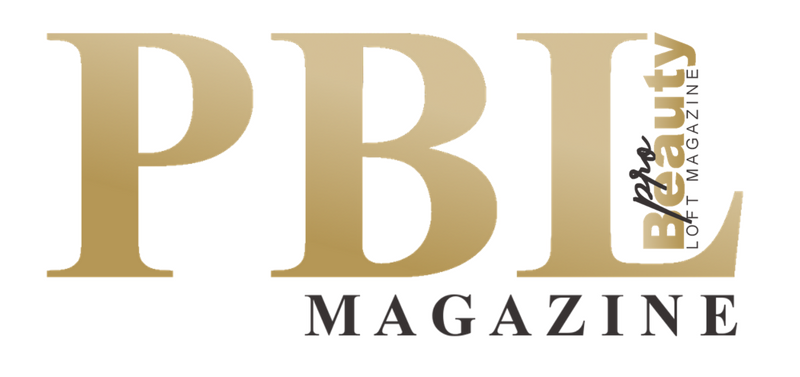Will Letybo Injections Dethrone Botox?
Botox has been the go-to injectable for treating facial lines since it was approved for cosmetic use over two decades ago. It’s a household name, and for many, it’s become shorthand for wrinkle-relaxing treatments. But now that Letybo—developed by South Korea’s Hugel, Inc.—has entered the US market, clinicians and patients alike are starting to take a closer look. Is it just another toxin in an already crowded space, or is it a real contender for Botox’s crown?
Structurally, Letybo isn’t trying to reinvent the wheel. Like Botox, it’s a botulinum toxin Type A product with a molecular weight of 900 kDa. It works in exactly the same way: by blocking acetylcholine at the neuromuscular junction, leading to temporary muscle relaxation and softening of dynamic lines. “Letybo is very similar to Botox in the way it is administered and treated,” says facial plastic surgeon and Persana physician Dr Jason Bloom, who notes that the formulation mirrors Botox in terms of injection technique and duration of effect. “It’s the exact same molecular weight,” he adds, underscoring just how interchangeable the two are in clinical use.
The real difference lies not in performance, but in pricing and market positioning. Botox commands a premium and has done so since it launched. Letybo, by contrast, has been introduced at a lower price point—a strategic move to gain traction in a space where brand loyalty runs deep but cost sensitivity is growing. “Letybo is going to be significantly less expensive than Botox,” says Bloom. “They’re looking to grab market share and bring this technology into the hands of doctors at a reasonable price.” That strategy has already paid off abroad. Known as Botulax in Asia, Letybo has held the top spot in South Korea’s competitive aesthetic market for years, racking up over 30 million treatments globally.
What about efficacy? In three US-based trials submitted to the FDA (BLESS I, II, and III), Letybo performed nearly identically to Botox in smoothing moderate-to-severe glabellar lines. In one study, 65% of Letybo-treated patients saw at least a two-grade improvement at the one-month mark, compared to none in the placebo group. These outcomes line up closely with Botox’s historical data, which consistently shows 70–80% of patients responding similarly. Dr Bloom points to two US non-inferiority studies as evidence that Letybo matches Botox where it matters—clinical results.
Onset is another area where Letybo might have a slight edge. Some injectors report seeing effects as early as two to three days after treatment, a day or two ahead of the typical Botox timeline. But most physicians agree this difference is subtle at best, and it’s not likely to change how patients plan their treatments. As for longevity, both products last about three to four months in most cases. Any talk of Letybo lasting longer due to its purity is still speculative. “It lasts about the same amount of time,” Bloom confirms, and real-world usage supports that view.
From a safety standpoint, Letybo has been used for years without any unexpected side effects. The profile is what you’d expect from any botulinum toxin: occasional headache, mild injection-site reactions, and rare cases of temporary ptosis. In FDA trials, adverse events were low and closely mirrored those seen with Botox. Some clinicians speculate that Letybo’s high purity could reduce the chance of antibody formation over time—a theoretical benefit that might appeal to heavy toxin users—but in day-to-day practice, it’s unlikely to matter for most patients.
One of the biggest hurdles for Letybo in the US will be brand recognition. Botox has the kind of name recognition most companies dream of, and many patients still ask for it by name. But Letybo has a solid international track record and FDA approval behind it, which gives injectors the confidence to recommend it as a legitimate alternative. As Bloom puts it, “It may be more appealing to a younger or more cost-conscious patient.” And from the provider’s perspective, offering both gives them more flexibility—especially when supply chain issues or cost constraints come into play.
So will Letybo dethrone Botox? Maybe not in name recognition, at least not anytime soon. But in practice, it’s already earning its place as a reliable, affordable option. For clinicians, the decision may come down to margins and patient preference. For patients, it could mean getting the same result for less. Either way, Letybo isn’t just another new toxin. It’s here, it’s proven, and for many practices, it’s quickly becoming part of the regular rotation.










